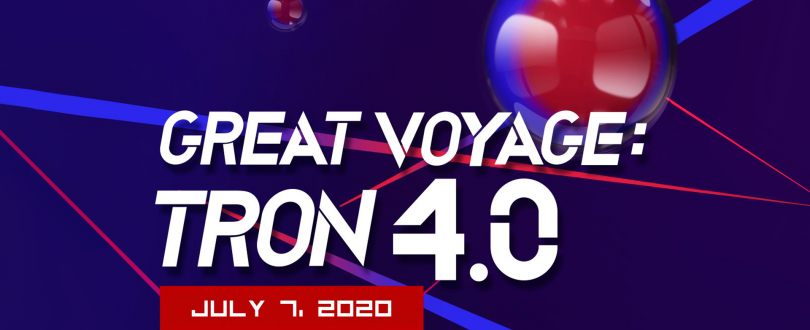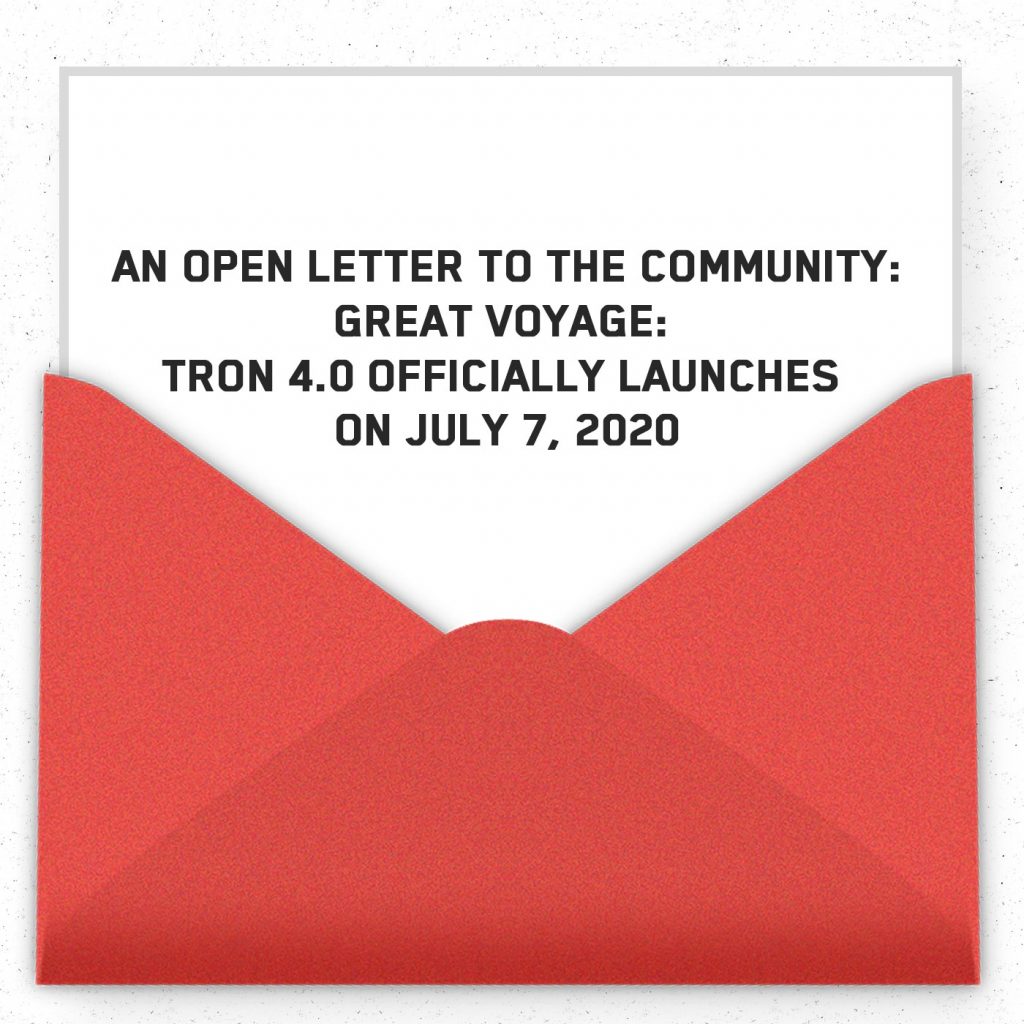
TRON 4.0 is expected to launch on July 7, 2020. After nearly a year in development, TRONZ’s Smart Contract Privacy Protocol will finally be released as an integral part of TRON 4.0 protocol. Before we delve into TRON 4.0, let us visit previous major iterations of TRON revisions to see what TRON has achieved so far.
TRON 1.0 is also known as the Exodus stage. It is the first phase out of the six phases on the TRON roadmap. This is the beginning of the TRON ecosystem, including its time as an Ethereum ERC-20 token. This stage served as a blockchain basic prototype which paves the way for TRON Odyssey 1.0 Test Network.
TRON 2.0 marks the beginning of TRON Main Network which is launched on May 31, 2018. Odyssey 2.0 introduces a new bandwidth model which is what TRON network is still utilizing today. This model enables free transactions to users, prevent network congestion, and it can also safeguard against using big numbers of small transactions as a DDoS attack on the network. It is also during this stage that TRON declared independence day on June 25, 2018. Existing TRON ERC-20 tokens are burned and converted to native TRX token on the TRON network so TRON is fully independent of the Etereum network.

TRON 3.0 introduced the TRON Virtual Machine, which is also known as TVM. The TVM is a lightweight, Turing complete virtual machine developed for TRON’s ecosystem. It is compatible with Ethereum Virtual Machine (EVM) to provide millions of global developers with a custom-built blockchain system that is efficient, convenient, stable, secure, and scalable. TVM allowed the creation of smart contracts and TRC-20 tokens (smart contract enabled tokens). TRON 3.0 also introduces the committee feature where the network parameters on TRON can be governed by representatives on the TRON network.
TRON 4.0, which is in the Great Voyage roadmap, is the next major update on TRON network. In an open letter to the community, TRON’s founder, Justin Sun, introduces the 4 key features that we can expect in TRON 4.0.

TRON 4.0 key features
- TRONZ Privacy Protocol – Utilizes zk-SNARK which enables privacy transaction on the TRON network. zk-SNARK stands for “Zero-Knowledge Succinct Non-Interactive Argument of Knowledge” and it simply means one can prove possession of certain information without revealing that information, and without any interaction between the prover and verifier. For example, when an anonymous transaction is sent on the TRON network, no one will be able to tell how much was sent, and who was the sender and receiver. However, the network will be able to verify that the transaction is valid and not being tampered with.
- TPOS Dual-Layer Consensus Mechanism – Combining the advantages of DPoS (Delegated Proof of Stakes) and PBFT (Practical Byzantine Fault Tolerance) protocol, TRON will reduce its block confirmation time from 57 seconds to 3 seconds. This means faster and secure transactions.
- TICP Cross-Chain Protocol – Ushering in a cross-chain era for the TRON ecosystem, there will be three public chains available to connect with for developers all over the world.
- Financial Institution and Enterprise Blockchain Solution – Targeting financial institutions and business developers to allow them to swiftly deploy a customized application blockchain based on their needs. These solutions will significantly reduce the time and cost of blockchain-based projects.
Exciting times ahead. Let us witness the growth of TRON together and set sail on the Great Voyage!

